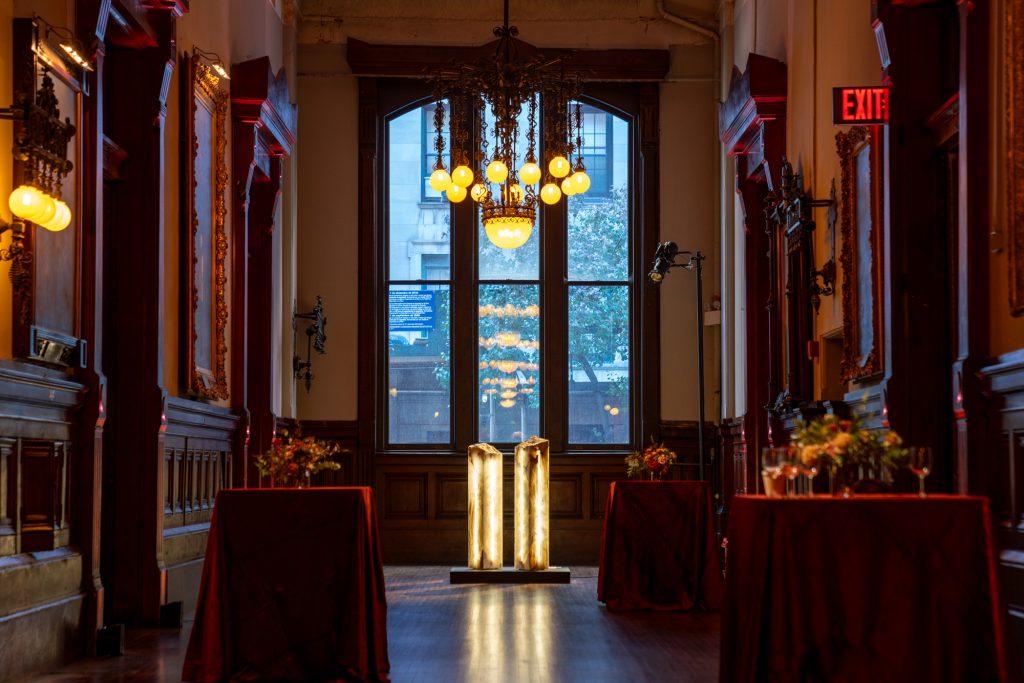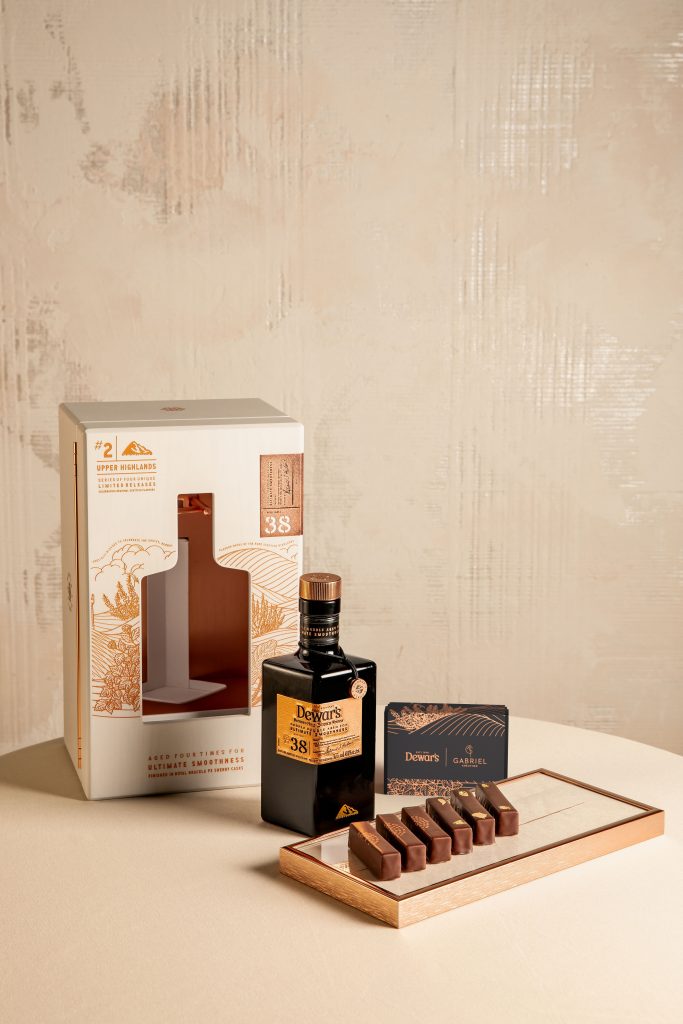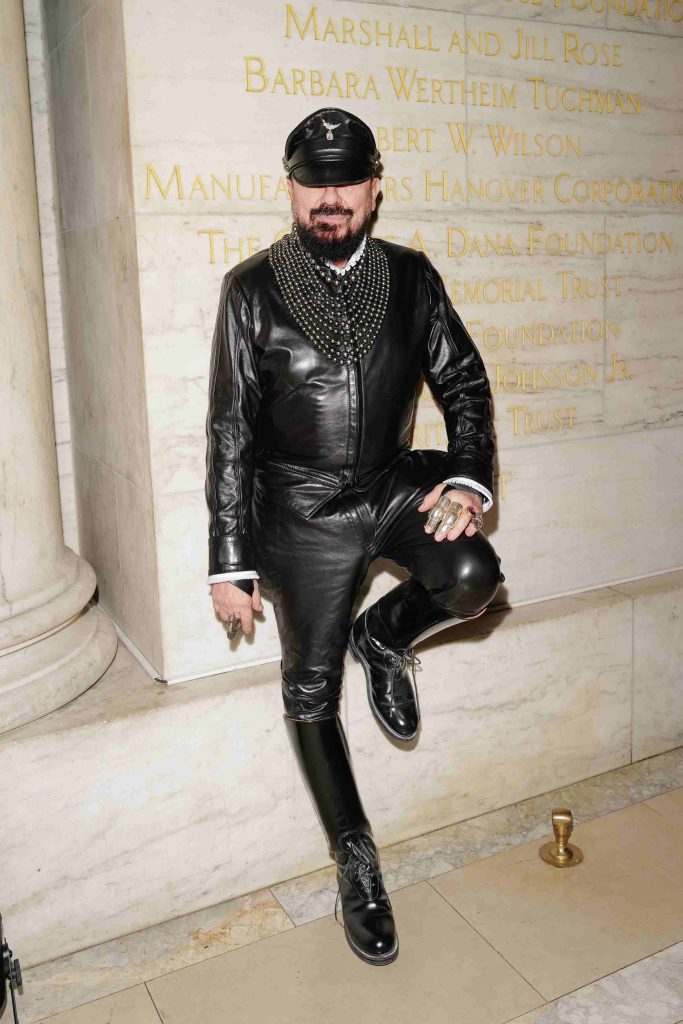Touring Hyundai’s Futuristic New Innovation Hub in Singapore
There’s a smart farm, an AI-assisted command center, robots aplenty and a rooftop test track

Hyundai has big dreams rooted in a new experiential center in Singapore that’s part urban factory of the future and part testbed for current and yet-imagined projects. The factory opts for a vertical design, and has seven unique floors with different purposes. A hydroponic smart farm can be found on the first two floors, and is fully automated, growing nine different crops including sorrel, mustard plants and the visually fascinating ice plant. A robot does everything from seed-planting to transferring the young plants to a tower system that rotates the plants, and controls temperature, humidity, light exposure and nutrition. At present a few hundred plants can be produced per day. Hyundai plans to open a restaurant to showcase this produce, and also gives a plant to new car owners as a memento of their visit. In another twist of how different this facility is, shoppers can custom-order their cars on an app, and then come and pick their car (and plant) up right at the factory.

Even something like picking up a new car is a unique experience here. There’s a receiving room where customers can watch parts of the building process on a video, and at the end of the video, autonomous palette robots roll their car out to them, before seeing themselves out. The customer can then get in their car and drive right out of the facility.

Some aspects of the factory are more traditional, but even in those instances, there’s usually a twist. For example, the center, named HMGICS for Hyundai Motor Group Innovation Center in Singapore, produces the Hyundai Ioniq 5 electric car, but in a much different way than factories in the US or South Korea. It uses cell-based manufacturing, rather than a traditional conveyor belt. Partially assembled vehicles and parts are transported from one cell to another by robots that move about the factory using sensors, and take orders from a command center.

At present the command center—which looks like a mini-NASA, with teams of people viewing all of the action on the factory floor on giant heat map screens—has a large human component, but as the AI-aided command center develops, it will become more automated. Currently people watch to make sure the robots are doing their jobs, and they can see if robots are above normal tolerances for things like torque, temperature and how long it takes to complete assigned tasks. Out on the factory floor, this scenario is reversed.

A worker wearing a weight-assisted exoskeleton affixes components together, while Spot, the Boston Dynamics robot dog watches the process, and takes photos of the task. Images are sent and measured to make sure things like alignment are correct. Elsewhere in another cell, a worker wears smart glasses that can highlight the next task, or where to drill or screw. They also measure the time it takes to complete certain tasks. The end goal is a better product with fewer errors.

Ioniq 5 driverless-ready robotaxis are produced here as well, like the ones currently being tested by Lyft in Las Vegas (albeit with a human that’s ready to take the wheel, for the moment). Hyundai plans to add production of vehicles like the Ioniq 6 electric car, and the center may support EVTOL, and Hyundai’s advanced air mobility efforts.

On the rooftop is a test track, in which all cars can be evaluated for things like suspension tuning, braking and fitment. Test drivers are trained to pay attention to certain aspects on the loops. While test tracks are certainly not new (Fiat had them at their factory in Turin nearly a century ago), this one is situated at a fully modern facility, and feels fairly futuristic. In that way, the test track might be as retro-futuristic as the Ioniq 5 cars that are whooshing by. As an added bonus, customers are allowed to take an immersive test ride on the track.

This innovation hub and urban factory is meant to be a test that, once proven, can be replicated in cities and adjacent areas around the world, and can complement larger, existing factories. For now, it feels as if we’re staring into a crystal ball of a possible factory of the future.













What are your thoughts?